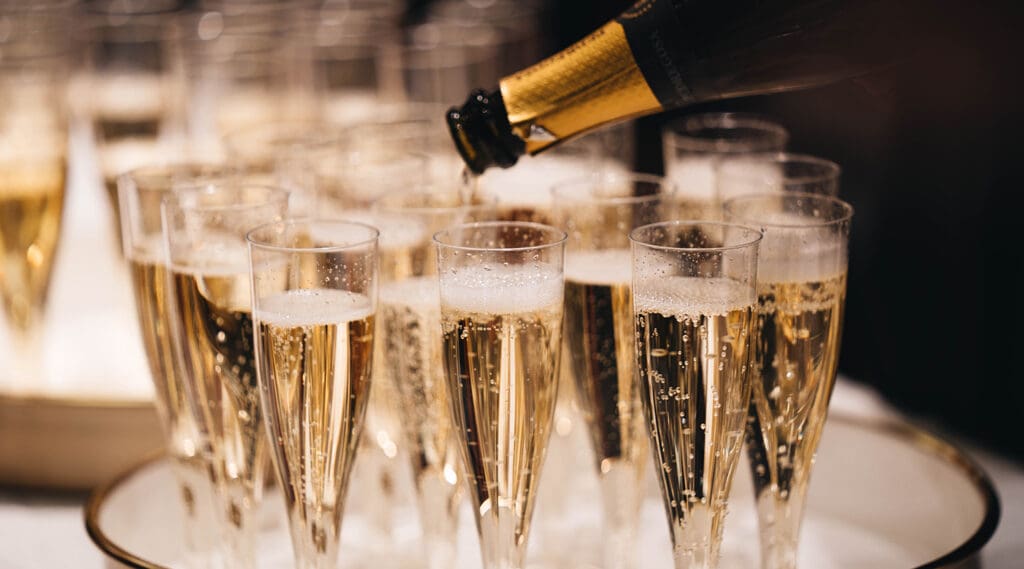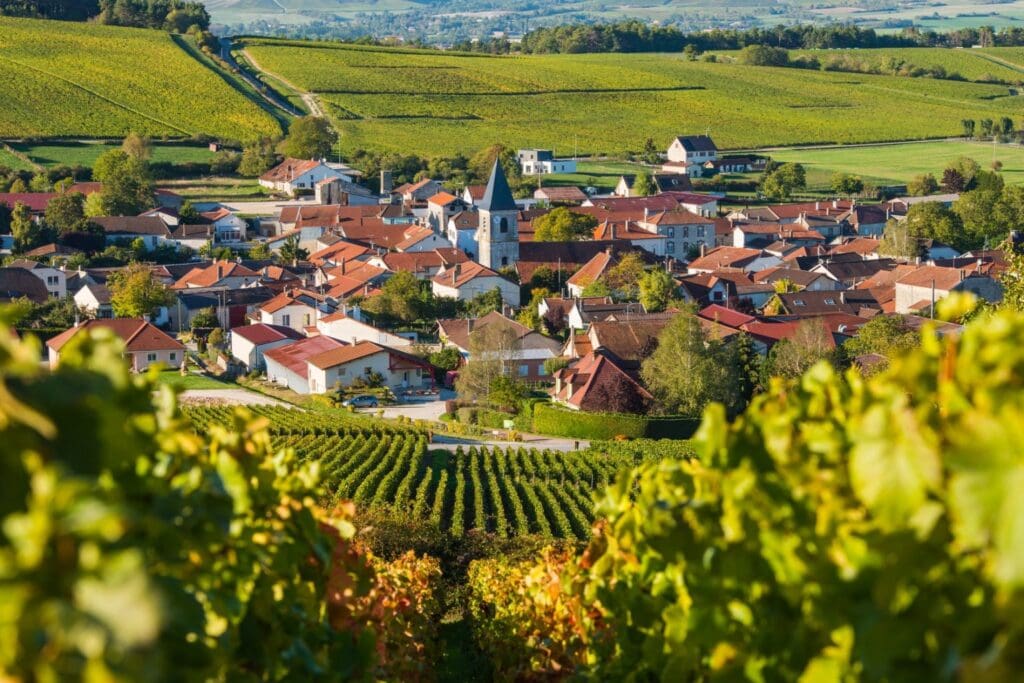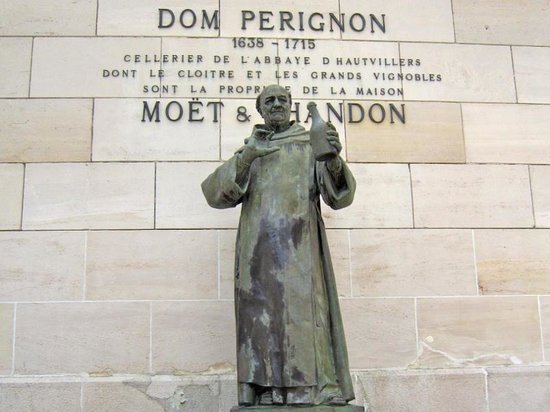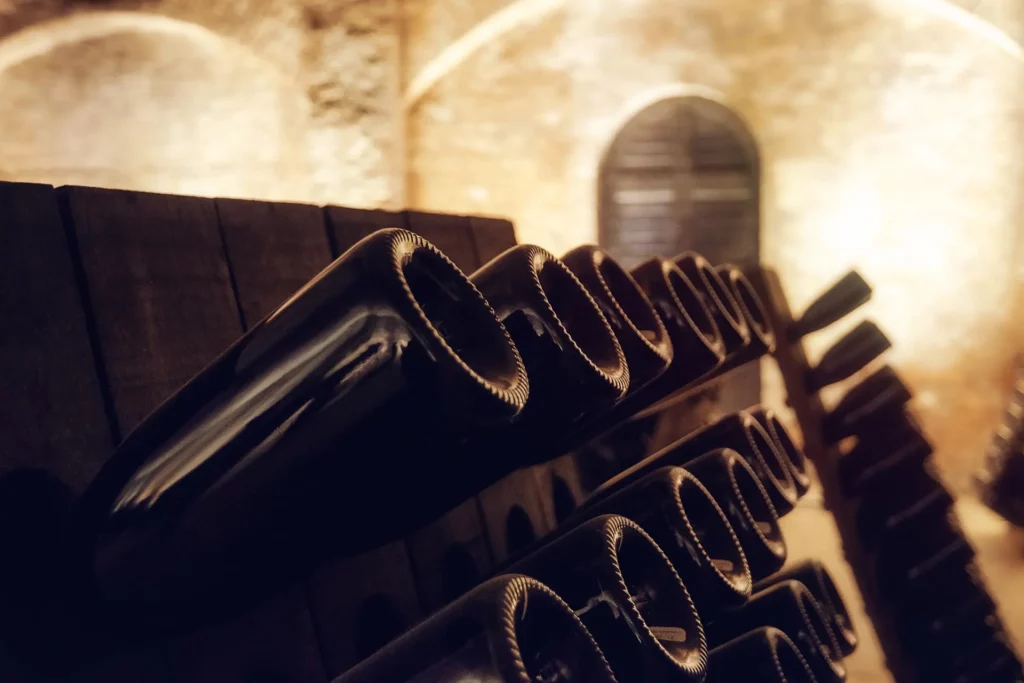
Nothing says celebration like a champagne toast. In fact, in the post-coronavirus era, champagne has been more popular than ever! But have you ever wondered how that glass of bubbly you hoist on New Year’s Eve came to be? Us too, and we decided to read up on the subject so you don’t have to.

First off, did you know that true champagne can only be made with grapes grown in the Champagne region of France? In a savvy marketing move, the region essentially put a trademark on the name to help it hold on to some of the elegance and prestige of the drink. Other sparkling wines are made very similarly, just not in that region.

Another fun fact for you, Dom Pérignon is a real-life historical figure. Here’s the cliffnotes version: born in 1638 (in, you guessed it, Champagne) he became a monk as a young man, and while he did not invent champagne, while serving as the cellar master at his abbey (a job we’d like to try) he vastly improved the winemaking process and helped the region become known for its bubbly.
Ok, now back to the champagne making.
Once you have your Champagne-grown grapes, you begin a precise production method called ‘méthode traditionnelle.’ The grapes are first pressed, and the juices are poured into massive tanks or oak barrels that sit for several weeks to ferment. It becomes what those in the business call a still wine.
Eventually that still wine is combined with a reserve wine (basically a wine that was set aside from a previous year’s harvest). The mixture is called a base wine. From there, the base wine goes into its second fermentation, where this time it is bottled and mixed with yeast and sugar.
Those additives, the bottle, and the cool cellar that it sits in, help to produce both the alcohol and the fermentation that we enjoy on special occasions. The minimum fermentation time allowed by Champagne officials is 15 months. So any bottle you see out in the world has put in some serious time in a cellar.
So, now the bottle is aged, but there is a bunch of dead yeast in there. Gross. Time to get it out. As you might’ve guessed, this is another complex (and regulated) process. Each bottle is placed at a 75 degree angle, so the yeast slowly makes its way to the neck. Every day, the winemaker tips the bottle ever so slightly vertical, to increase the forces of gravity.

Once the bottle is entirely vertical, it’s dipped in an ice bath, which freezes the yeast gathered in the neck, allowing the bottle to be opened and the yeast removed.
To compensate for any lost liquid, a little bit of wine is added back to the bottle before re-corking. And ta-da! Just like that you’ve got tasty, bubbly, champagne.
The next time you pop open a bottle, remember how that bottle got there. Impress your friends with your newfound knowledge on New Year’s Eve, or keep it to yourself. Either way, you’ll enjoy that next glass of champagne more than ever. Cheers!
What other drinks would you like to learn more about? Drop a comment and let us know!

